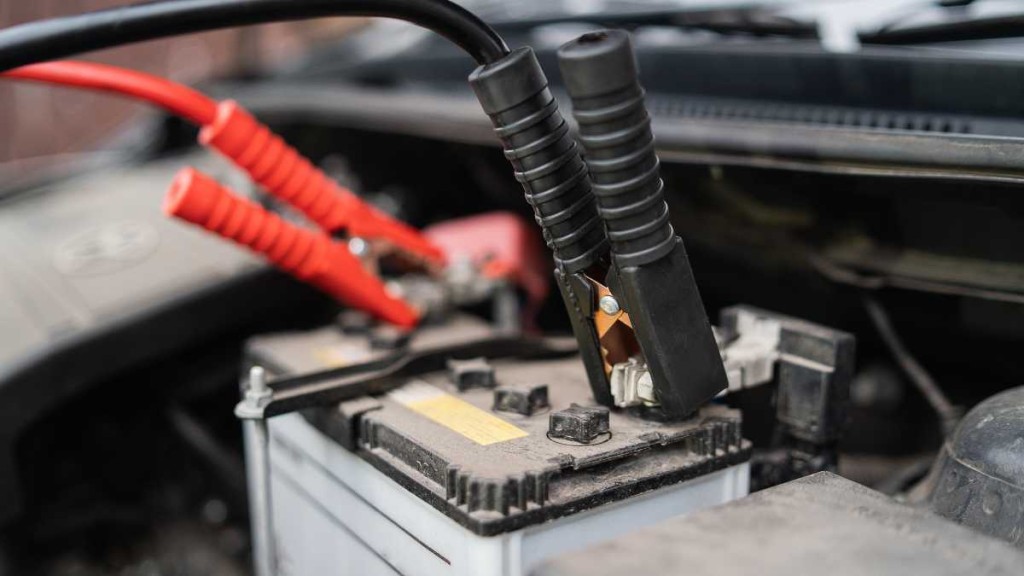In a promising development for battery technology, scientists have uncovered a straightforward method that could drastically enhance the performance and lifespan of lithium-ion batteries. This innovation holds the potential to transform how batteries are utilised in everyday devices, from smartphones to electric vehicles.
Typically, lithium-ion batteries are charged soon after their production, with the first charge playing a crucial role in determining the battery’s longevity and performance. Recent research, however, has revealed that subjecting this initial charge to unusually high currents can lead to significant improvements in battery lifespan.
The study demonstrates that using high currents during the first charge of a battery can boost its lifespan by an impressive 50%. This method reduces the initial charging time from the usual 10 hours to just 20 minutes, offering a substantial increase in efficiency and performance.
The breakthrough was made possible through detailed analysis of changes in the battery’s electrodes. Researchers discovered that this rapid initial charge helps to stabilise the electrodes, resulting in a longer-lasting and more efficient battery. The findings, detailed in the paper ‘Data-driven analysis of battery formation reveals the role of electrode utilization in extending cycle life’, were published in the journal Joule.
Steven Torrisi from the Toyota Research Institute, who was involved in the study, expressed excitement about the findings. He noted, “Battery manufacturing is an incredibly complex and resource-intensive process. It requires significant time and investment to optimise, due to the numerous factors at play.” Torrisi highlighted that this new technique could streamline battery production and improve the efficiency of battery use.
Lithium-ion batteries function by having lithium ions move between the positive and negative electrodes. Over time, the positive electrode becomes depleted of lithium, leading to decreased battery performance and eventual replacement needs. The research team found that deliberately reducing the initial lithium supply helps to maintain a protective layer on the negative electrode, which prevents degradation and prolongs battery life.
The analogy used by researchers compares this technique to slightly emptying a bucket of water before carrying it. Although this means losing some water initially, the remaining water is less likely to spill out, thus preserving more of it.
This discovery could have significant implications for various sectors that rely on battery technology. With the potential to improve the longevity and efficiency of batteries, it represents a major step forward in energy storage and consumption.
As the technology progresses, the adoption of this simple yet effective charging method could lead to widespread benefits, enhancing the performance of everyday devices and contributing to more sustainable energy practices.


